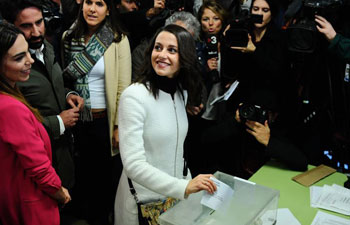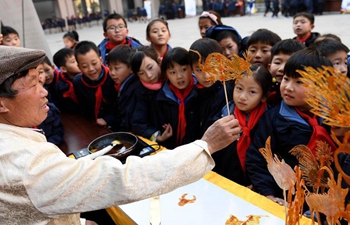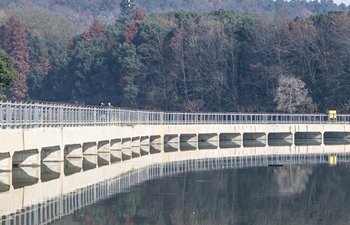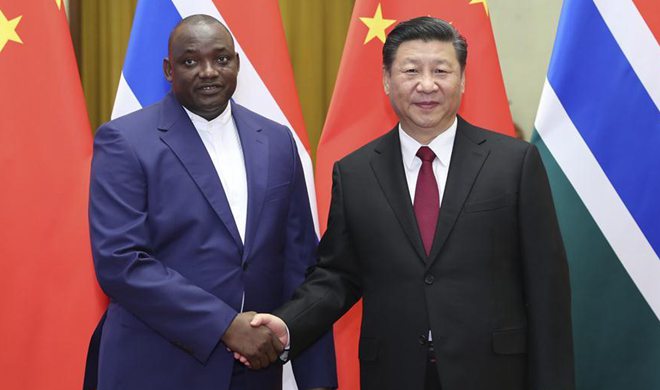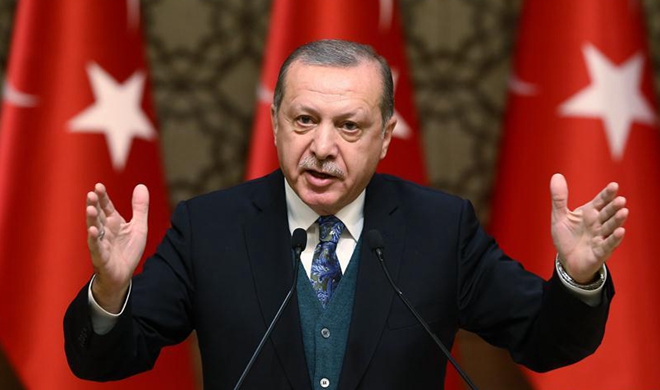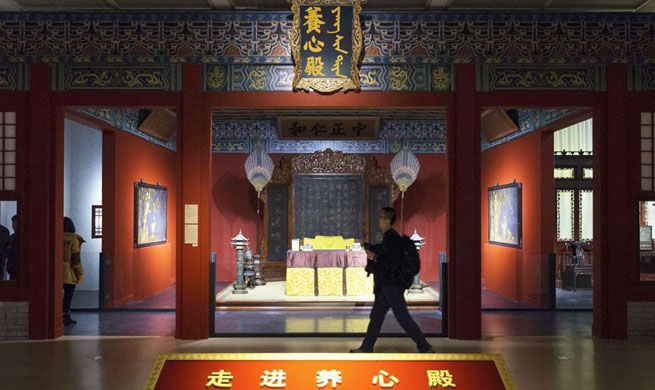SEOUL, Dec. 22 (Xinhua) -- The new South Korean government under President Moon Jae-in, which was inaugurated in May through the country's first presidential by-election, launched an income-based growth and people-centered economic policy.
On the first day in his office, Moon gave his first order to create a presidential job-creating committee and installed an electronic screen showing labor market conditions in his office room to keep close tabs on creating decent jobs.
The president put his top priority on job creation to achieve his goal of income-based growth. Previous conservative governments focused on supporting big corporations and large exporters as they believed in a trickle-down theory in which economic growth led by big players naturally leads to distribution of increased wealth to ordinary people.
The "growth first, distribution later" policy had not worked, widening income and wealth gaps between the rich and the poor and between regular and irregular employees. Dissatisfaction voices over the rising inequalities were heard in candlelit rallies that lasted until former President Park Geun-hye was ousted out of office in March.
The income-based growth policy aimed to create decent jobs for the younger generation, many of whom were too discouraged to seek jobs in the worsening labor market situations and ridiculed their own country by calling it "hell" as nearly half of college graduates failed to get a job.
The Moon government submitted a supplementary budget plan of about 10 billion U.S. dollars for the second half, which was passed in July through the National Assembly.
Such efforts had yet to take effect as an official unemployment rate among youths aged 15-29 neared 10 percent, while the sentiment jobless rate involving discouraged job seekers and those doing part-time jobs against their will topped 20 percent.
To narrow income disparity between regular and irregular workers, the government decided to raise minimum wage by a whopping 16.4 percent, marking the biggest increase in 17 years. On his campaign trail, President Moon vowed to raise minimum wage to 10,000 won (9.3 U.S. dollars) per hour by 2020 from the current 6,470 won (6 U.S. dollars).
The government planned to hire more firefighters and policemen next year to realize the people-centered economy. It was expected to encourage private companies to hire more employees as more public workers and raised wage can lead to increased private consumption, which in turn expand corporate profits.
Despite the efforts, challenges facing the economy remained such as massive household debts. The administration unveiled a series of measures to control speculative real estate investment and tighten standard for mortgage loans, but household debts kept rising at a fast pace.
Households had rushed to purchase new home with borrowed money as the previous government eased regulations on mortgage financing amid the record-low interest rate. The Bank of Korea (BOK) cut its benchmark interest rate from 3.25 percent in July 2012 to an all-time low of 1.25 percent in June 2016.
The BOK started tightening its monetary policy by raising the benchmark rate by a quarter percentage point to 1.5 percent in November, the first rate increase in almost six and a half years. The rate was still in the upper end of the U.S. interest rate range of 1.25-1.50 percent, heralding additional rate hikes next year.
Higher borrowing costs would increase debt-servicing burden for South Korean households, which struggled to pay back mortgage debts. It would hit the hardest multiple homeowners, most of whom bought new homes with low-rate loans.





